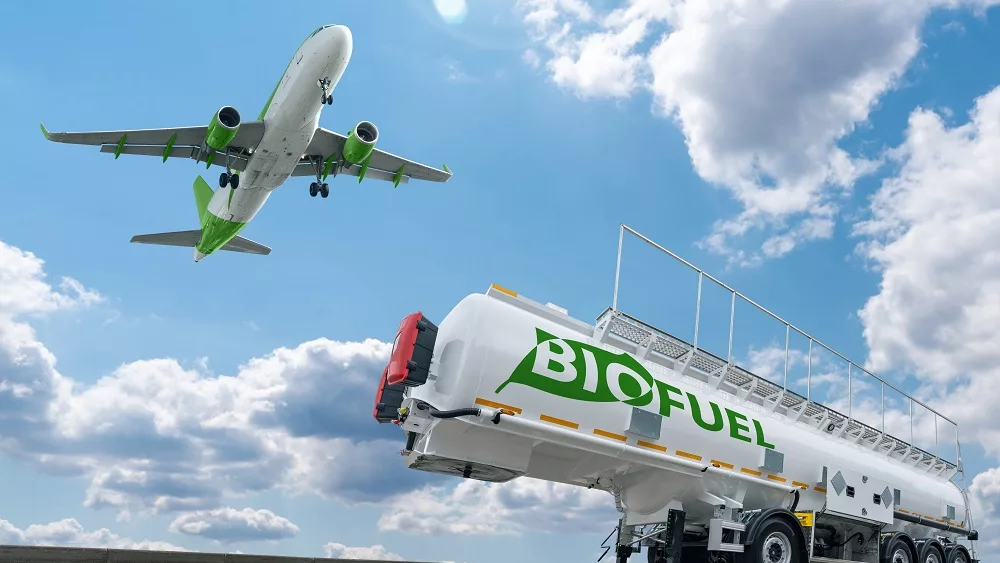 Optimal planting depth, uniform planting depth, and uniform emergence of corn plants in 2017 will go a long way toward better yields in the fall, and this year there’s an emphasis on how to get the most yield per input dollar. Agronomist Bill Mullen says you can start by getting the planter calibrated accurately, and he strongly recommends an inch and a half for depth.
Optimal planting depth, uniform planting depth, and uniform emergence of corn plants in 2017 will go a long way toward better yields in the fall, and this year there’s an emphasis on how to get the most yield per input dollar. Agronomist Bill Mullen says you can start by getting the planter calibrated accurately, and he strongly recommends an inch and a half for depth.
“Now, some people because of lack of rain, lack of moisture in the ground, they’re going to plant deeper. They’re going to plant where the moisture is at. I think you’re going to have to watch yourself on that, but honestly I’ve never had a crop failure at 2 inches. But I think the ideal planting depth is an inch and a half, maybe an inch and three-quarters. Some people will go an inch and a quarter but I still think an inch and a half over all the years and all the university work and data is what we shoot for.”
Mullen told a crowd gathered in Miami County that proper planting will help eliminate runt corn plants, plants that don’t add to yield but steal from neighbors.
 “A runt corn plant basically is taking away the nutrients from the plants on both sides of it and it’s hurting yield,” he told HAT. “The only way we can correct those runts is do a better job of trying to establish a better emergence in those fields, and I truly believe that it comes down to that planter has been gone over and is ready to go in the field and have proper depth, proper spacing, with firmers on there so it comes out of the ground and is even.”
“A runt corn plant basically is taking away the nutrients from the plants on both sides of it and it’s hurting yield,” he told HAT. “The only way we can correct those runts is do a better job of trying to establish a better emergence in those fields, and I truly believe that it comes down to that planter has been gone over and is ready to go in the field and have proper depth, proper spacing, with firmers on there so it comes out of the ground and is even.”
Uniform planting for uniform emergence also, in Mullen’s experience, requires lower tractor speeds.
“All of these years looking at it, to me anything from 4-5 ½ mile an hour is where we need to be. I know if we don’t get in that field until that first part of June, or if conditions are that rain is coming and we need to get it planted, I’m sorry. The faster we go is another part of the reason why we’re having issues with uneven emergence and runted plants.”
Mullen, with Seed Consultants, said although planting time is longer at the slower speeds, you should see the benefits in the hopper come harvest.

